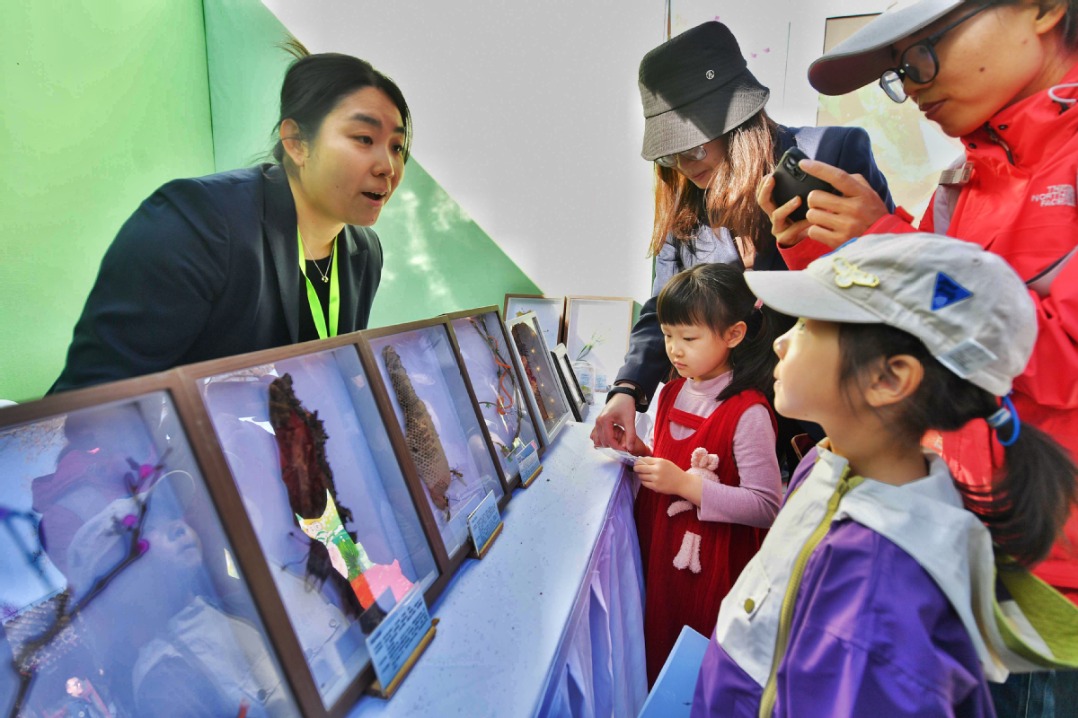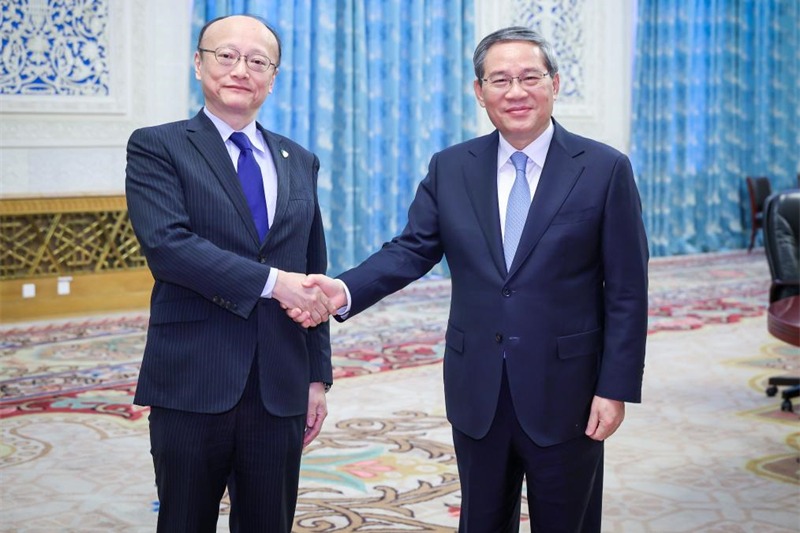Science Talk: Chinese scientists pioneer single-atom-layer metal materials

Chinese scientists have recently achieved the fabrication of single-atom-layer metals with a thickness of merely one-millionth of an A4 paper sheet, setting a new record for the thinnest metal materials.
This research by the Institute of Physics, Chinese Academy of Sciences, pushes the thickness of 2D metal materials to the angstrom scale. One angstrom equals to 0.1 nanometers.
This unlocks new possibilities for next-generation electronics, quantum computing, and high-efficiency catalysis.
2D materials are special substances with only one or a few atomic layers.
Since the discovery of graphene in 2004, scientists have identified hundreds of 2D materials. These "miraculous thin films in the material world" are widely used in flexible screens, ultrafast transistors, and quantum devices.
However, all existing 2D materials derive from layered crystals, resembling easily peelable layer cakes. In contrast, 97.5 percent of materials in the material world, including non-layered metals, resemble "compressed biscuits" due to their tightly bonded 3D atomic structures.
By melting metals like bismuth and tin and using atomically flat molybdenum disulfide as an "anvil", Chinese scientists achieved precise shaping on a 1 square centimeter plane.
The metallic films produced by this method measure 6.3 to 9.2 angstroms in thickness. That means to flatten a 3-meter metal cube into a single layer that could cover the entire city of Beijing.
The combination of atomic-scale thickness and high conductivity in these 2D metals enables applications like transparent flexible electrodes for thinner, more durable foldable phone screens.
In catalysis, they could enhance chemical reaction efficiency by dozens of times. Devices made from these atomically thin metals may shrink chip volumes by a thousandfold while reducing power consumption to 1 percent of current levels.
The team is now developing 2D metal alloy fabrication techniques to supply critical materials for strategic fields like 6G communications and quantum computing.
Tian Zhaosen contributed to this story.
- Music mavericks set the tone for China's next generation
- Giant panda Fu Bao returns after health scare
- 4.2-magnitude quake strikes Hebei: CENC
- Report unveils US agencies' cyberattacks on mobile devices
- Over 5,500 liver experts to attend Asia-Pacific meeting in Beijing
- International students experience Anhui cultural heritage





































